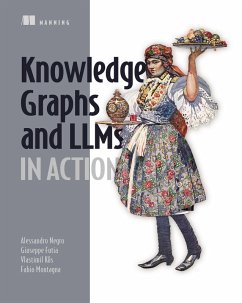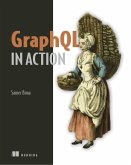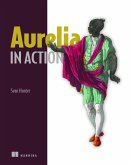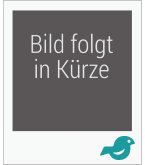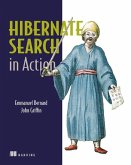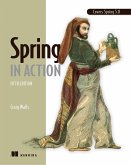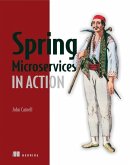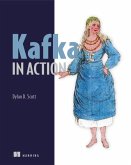Combine knowledge graphs with large language models to deliver powerful, reliable, and explainable AI solutions. Knowledge graphs model relationships between the objects, events, situations, and concepts in your domain so you can readily identify important patterns in your own data and make better decisions. Paired up with large language models, they promise huge potential for working with structured and unstructured enterprise data, building recommendation systems, developing fraud detection mechanisms, delivering customer service chatbots, or more. This book provides tools and techniques for efficiently organizing data, modeling a knowledge graph, and incorporating KGs into the functioning of LLMs—and vice versa. In Knowledge Graphs and LLMs in Action you will learn how to: • Model knowledge graphs with an iterative top-down approach based in business needs • Create a knowledge graph starting from ontologies, taxonomies, and structured data • Build knowledge graphs from unstructured data sources using LLMs • Use machine learning algorithms to complete your graphs and derive insights from it • Reason on the knowledge graph and build KG-powered RAG systems for LLMs In Knowledge Graphs and LLMs in Action, you’ll discover the theory of knowledge graphs then put them into practice with LLMs to build working intelligence systems. You’ll learn to create KGs from first principles, go hands-on to develop advisor applications for real-world domains like healthcare and finance, build retrieval augmented generation for LLMs, and more. About the technology Using knowledge graphs with LLMs reduces hallucinations, enables explainable outputs, and supports better reasoning. By naturally encoding the relationships in your data, knowledge graphs help create AI systems that are more reliable and accurate, even for models that have limited domain knowledge. About the book Knowledge Graphs and LLMs in Action shows you how to introduce knowledge graphs constructed from structured and unstructured sources into LLM-powered applications and RAG pipelines. Real-world case studies for domain-specific applications—from healthcare to financial crime detection—illustrate how this powerful pairing works in practice. You’ll especially appreciate the expert insights on knowledge representation and reasoning strategies. What's inside • Design knowledge graphs for real-world needs • Build KGs from structured and unstructured data • Apply machine learning to enrich, complete, and analyze graphs • Pair knowledge graphs with RAG systems About the reader For ML and AI engineers, data scientists, and data engineers. Examples in Python. About the author Alessandro Negro is Chief Scientist at GraphAware and author of Graph-Powered Machine Learning. Vlastimil Kus, Giuseppe Futia, and Fabio Montagna are seasoned ML and AI professionals specializing in Knowledge Graphs, Large Language Models, and Graph Neural Networks. Table of Contents Part 1 1 Knowledge graphs and LLMs: A killer combination 2 Intelligent systems: A hybrid approach Part 2 3 Create your first knowledge graph from ontologies 4 From simple networks to multisource integration Part 3 5 Extracting domain-specific knowledge from unstructured data 6 Building knowledge graphs with large language models 7 Named entity disambiguation 8 NED with open LLMs and domain ontologies Part 4 9 Machine learning on knowledge graphs: A primer approach 10 Graph feature engineering: Manual and semiautomated approaches 11 Graph representation learning and graph neural networks 12 Node classification and link prediction with GNNs Part 5 13 Knowledge graph–powered retrieval-augmented generation 14 Asking a KG questions with natural language 15 Building a QA agent with LangGraph Get a free eBook (PDF or ePub) from Manning as well as access to the online liveBook format (and its AI assistant that will answer your questions in any language) when you purchase the print book.
Bitte wählen Sie Ihr Anliegen aus.
Rechnungen
Retourenschein anfordern
Bestellstatus
Storno

